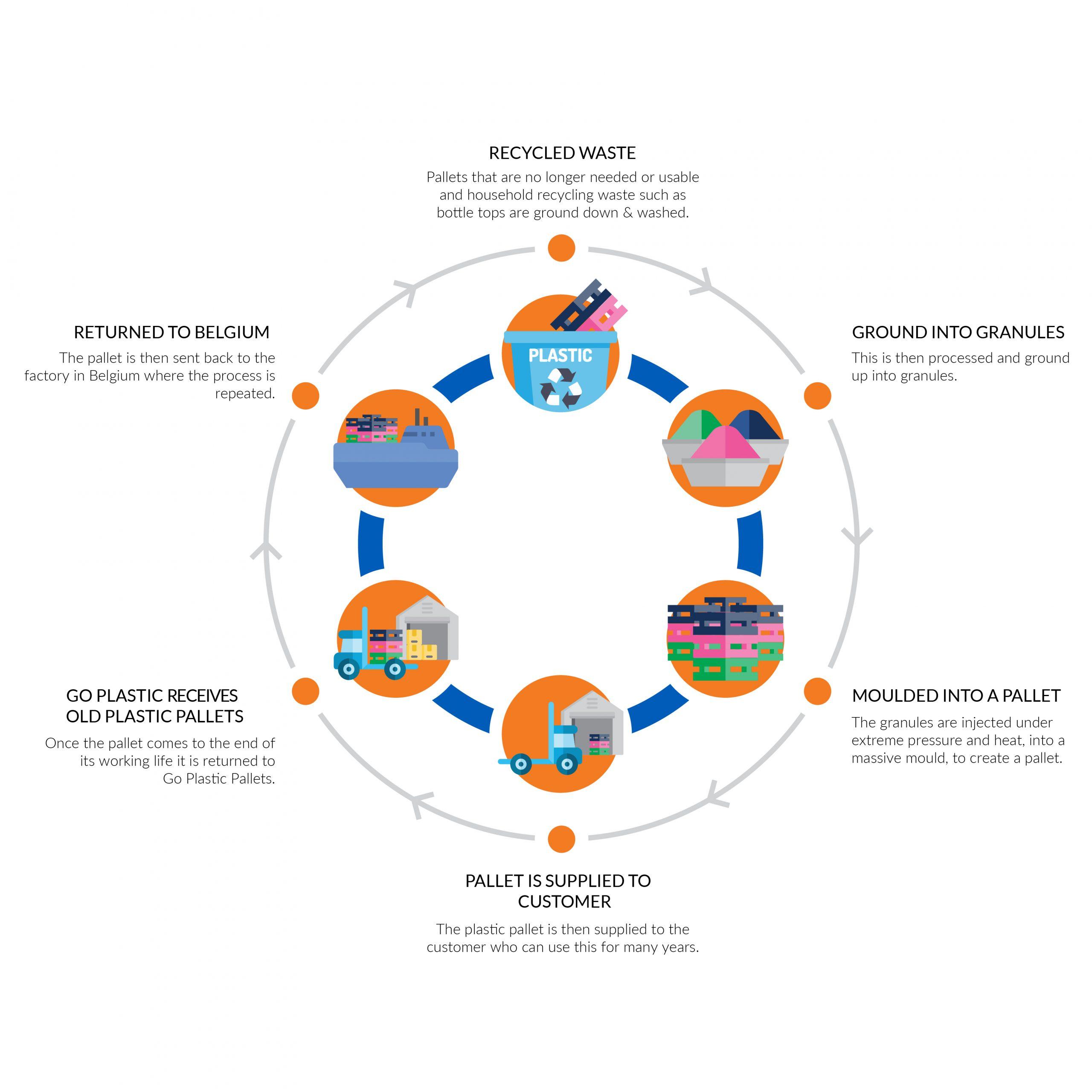Future-Proofing Education: Top Strategies Policymakers Can Implement Today
As the world rapidly evolves, the education sector faces unprecedented challenges and opportunities. Technological advancements,shifting job markets,and global disruptions demand educational systems that are resilient,adaptive,and future-ready. Policymakers play a crucial role in crafting policies that not only address current needs but also anticipate future demands. In this comprehensive guide, we explore future-proofing education and the top strategies policymakers can implement today to build robust, innovative, and inclusive learning environments.
Why Future-Proofing Education Is Essential
Future-proofing education ensures that students are equipped with the skills, competencies, and mindset needed to thrive in the 21st century and beyond. It involves proactive planning,continuous adaptation,and fostering lifelong learning. Here’s why it matters:
- Technological Disruption: Automation, AI, and big data are reshaping industries, making digital literacy and adaptability vital.
- Globalization: Cross-border collaboration and understanding diverse perspectives are increasingly vital in a hyper-connected world.
- Unprecedented Change: Pandemics, climate change, and social transformations require education systems that can quickly adjust and pivot.
- Equity and Access: Closing achievement gaps and ensuring all learners have equal opportunities for success remains a priority.
Top Strategies for Future-Proofing Education
Policymakers must embrace holistic and agile approaches to reforming education. The following strategies, when implemented thoughtfully, create systems capable of supporting learners both today and in the future.
1. Foster Digital Literacy and Computational Thinking
Key actions:
- Integrate digital skills and coding into core curricula from an early age.
- Provide teachers with professional growth on emerging technologies.
- Invest in infrastructure to ensure equitable access to digital resources.
Emphasizing digital fluency prepares students for technology-driven workplaces and helps bridge the digital divide.
2.Prioritize Critical Thinking and Problem-solving Skills
Education systems must move beyond rote memorization. Policymakers should:
- Encourage inquiry-based and project-based learning approaches.
- Update assessments to measure creativity, collaboration, and analytical skills.
- Support teacher training that fosters higher-order thinking.
3. Enhance Flexibility and Personalization in Learning
Personalized learning recognizes that students learn at different paces and in unique ways. To implement this strategy:
- Invest in adaptive learning technologies that customize content.
- Create flexible pathways that allow learning anytime, anywhere.
- Foster partnerships with edtech companies to provide scaled solutions.
4. Equip Educators for Tomorrow’s Classrooms
Empowering teachers is fundamental to any educational reform. Policymakers can:
- Offer ongoing professional development in digital tools and pedagogies.
- Encourage teacher collaboration and sharing of best practices.
- Improve teacher recruitment, retention, and recognition policies.
ensuring educators have the skills and support needed enables them to better inspire and guide their students.
5. Promote Lifelong Learning and Skills Pathways
As career trajectories diversify, learning must extend beyond traditional schooling. Key initiatives include:
- Encouraging micro-credentials and continuous professional upskilling.
- partnering with industries to ensure curriculum relevance.
- Supporting online and adult education platforms.
6. Ensure Equity and inclusion Across All Learners
future-proofing education must prioritize equitable access. Policymakers should:
- Reduce disparities in funding and resource allocation between regions and communities.
- Promote inclusive practices for students with disabilities and learning differences.
- Implement targeted programs for underrepresented and marginalized groups.
Benefits of Future-Proofing Education
- Workforce Readiness: Ensures students are adaptable and possess industry-relevant skills.
- Economic Growth: A well-educated workforce drives innovation and competitiveness.
- Social Mobility: Provides opportunities for all,reducing inequalities.
- Resilience: Prepares individuals and societies to respond to rapid changes and crises.
- Sustainable Development: Aligns education with global sustainability goals and responsible citizenship.
Case Studies: Accomplished Implementation of Future-Proofing Strategies
Finland’s Innovative Curriculum Reform
Finland, renowned for its education system, has integrated multi-disciplinary, phenomenon-based learning across all grade levels. This approach encourages collaboration, real-world problem-solving, and adaptation—a model that many countries have sought to emulate for future-proofing their systems.
Singapore’s SkillsFuture Movement
Singapore’s SkillsFuture initiative supports continual lifelong learning through accessible courses, industry partnerships, and government incentives. This holistic approach strengthens workforce capabilities and keeps education aligned with national economic goals.
Rwanda’s Digital Leap
Despite resource constraints, Rwanda’s focus on digital literacy—through the one Laptop per Child initiative and the integration of ICT in education—has helped bridge the digital divide and set an example for equitable education reforms in developing contexts.
Practical Tips for Policymakers
- Engage Stakeholders: Involve educators, students, parents, and businesses in policy design and review.
- Pilot New Approaches: Test innovative curricula, technologies, and assessment models before scaling up.
- Leverage Data: Use education analytics to inform decisions and measure the impact of reforms.
- Build Partnerships: Collaborate with technology providers, universities, and ngos for resource sharing.
- invest in Infrastructure: Secure funding for internet access, modern classrooms, and learning devices.
First-Hand Experience: educator insights
“Integrating technology into daily lessons has not only engaged my students but also made them more independent learners. However, ongoing training and support are essential for both teachers and students to realize the full benefits.”
— Sarah M., Secondary School Teacher
Conclusion: Taking Action for a Future-Proof Education System
The future of education is being shaped now. By adopting forward-thinking, inclusive, and flexible strategies, policymakers have a unique prospect to prepare students for futures that are yet to be imagined. Future-proofing education isn’t just about new technologies—it’s about cultivating adaptability, resilience, and a passion for lifelong learning. Act today to ensure that the learners of tomorrow are ready for whatever challenges and opportunities lie ahead.
Remember: Future-proofing education is a journey, not a destination. the time to start is now.

